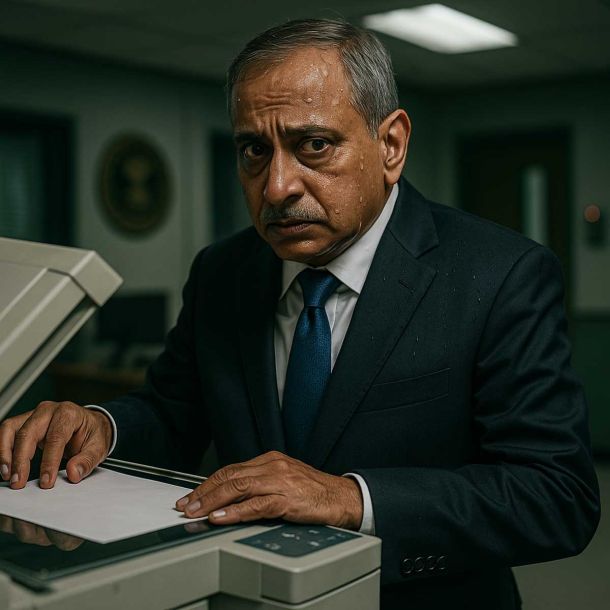More Coverage
Twitter Coverage
Satyaagrah
Written on
Satyaagrah
Written on
Satyaagrah
Written on
Satyaagrah
Written on
Satyaagrah
Written on
Join Satyaagrah Social Media
A revolutionist freedom fighter who the British Raj framed for murder
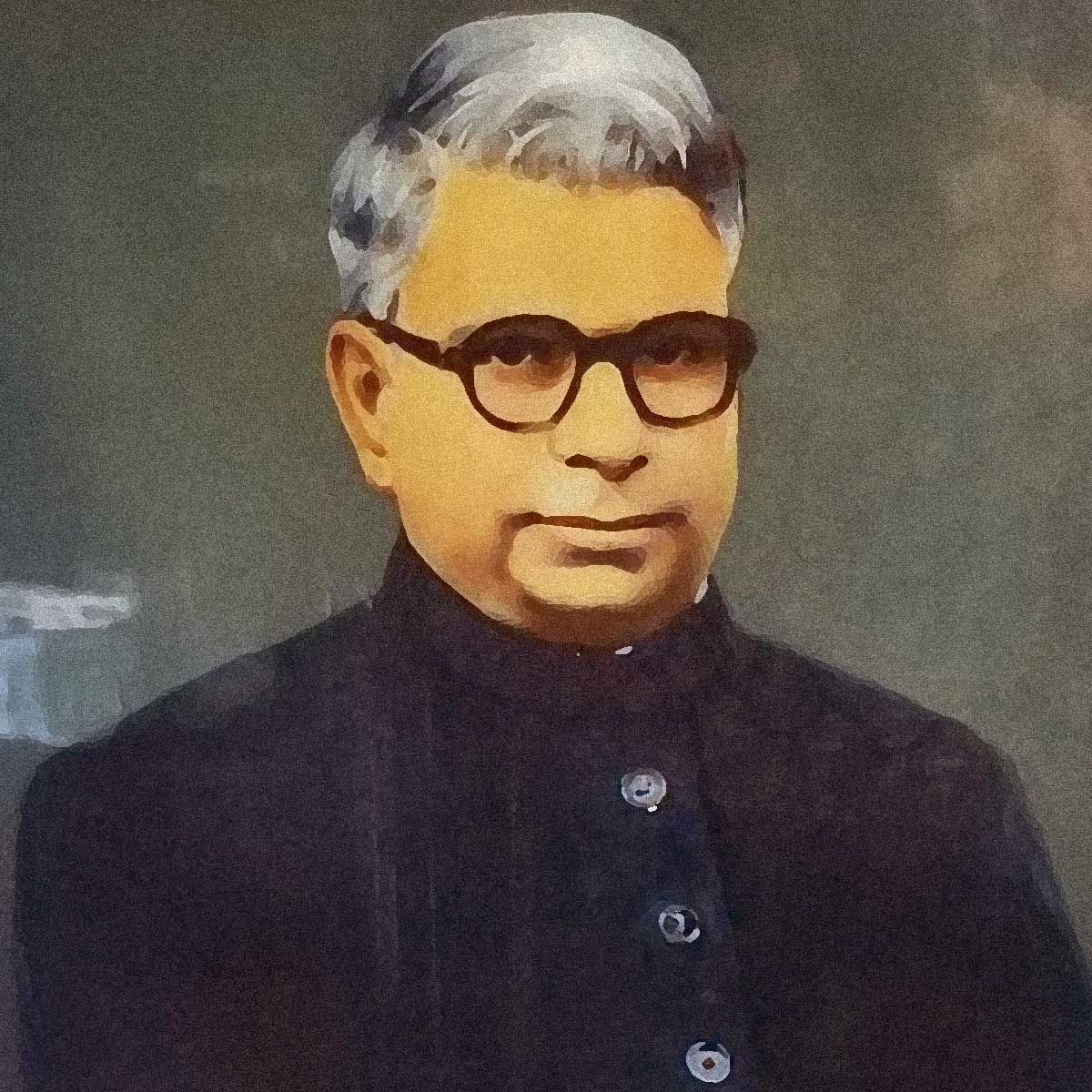
The day was 8 April 1929. While debates in New Delhi’s Central Legislative Assembly raged on, two young revolutionaries, namely, Bhagat Singh and Batukeshwar Dutt entered the cabinet undetected to perform a dramatic act of revolution.
A loud explosion rattled all those assembled there. It was followed by another explosion and heavy smoke soon started filling the room. The revolutionaries had done their deed and although the explosives they used were simply smoke bombs, they had solved their purpose—to scare the British officers.
The incident made waves across the country, but it had a visceral effect on someone who was right there, seated in the ‘distinguished visitors’ gallery.’ This act of protest was just the inspiration he needed to dive into the fight for freedom.
The budding revolutionary, whose name was Harihar Dharma Rajah, had already participated in a few acts of protests until then. In fact, he had started young. When the administration of his school increased school fees without prior notice, Rajah was one of the few students to protest against the hike. As an adult, he would become an active member of the Congress party to revolt against British rule.
However, that incident in the Legislative Assembly opened up a new path for him. Shortly afterwards, he formed the Bombay (Mumbai) People’s Battalion—and would go on to be imprisoned several times on the accusation of sedition and even get framed for murder by British officials.
From a rebel kid to a distinguished and respected Parliamentarian post-independence, HD Rajah lived a full and inspiring life. In fact, his biographer describes him as “a nationalist first and a nationalist last.” This is his story.
The Beginning of Nationalistic Fervour
Rajah was the second of five children born to Harihar Iyer and Lakshmi. After Harihar’s death in 1910, Lakshmi moved the family from Kayamkulam to Trivandrum (Thiruvananthapuram) so her children could finish their education.
When Ramayya, her eldest son got a job in Mumbai, the family followed him there.
Rajah, who was studying in a boarding school in Thiruvananthapuram at the time, only joined his family after he passed out of school and got a job in Mumbai. But he was dissatisfied. As his biographer, Nilkan Perumal records, Rajah did not want to serve “an alien rule” in any capacity.
In 1925, at the age of about 21, Rajah quit his job and decided to become a politician.
To this end, he joined the Students’ Brotherhood wing of Congress which was active in Mumbai at the time. Initially, he organised students and the youth in various demonstrations led by Congress. Since he had given up his job, people would often ask how he managed financially. “After all, my wants are few and won’t my dear mother give me some food whenever I wanted it?” he would reply.
For the next three years, he continued his work with Congress, organising protests and printing publications to involve more people in their efforts.
His magazine, ‘The Youth Liberator’ became popular and invited praise from Jawaharlal Nehru.
“My dear comrade… You are creating a revolutionary fervour in the minds of our youth, which I like immensely,” he had written to Rajah. Hari, Rajah’s son, shares that Nehru wrote a cheque of Rs 25 to fund the publication. “Rs 25 was a huge sum back then and it ensured a few more issues were published without any issue,” he says.
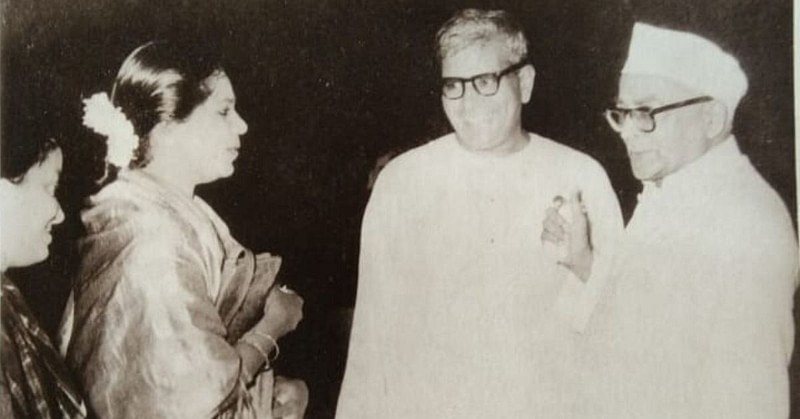 Rajah (Centre) introduces his wife Sarojini to colleagues. Image Courtesy: Hari Rajah |
Branching Away From The Congress in Mumbai
Led by Gandhi, Nehru and other like-minded freedom fighters of the time, the Congress party was leading peaceful protests and Rajah did not agree completely with their ideologies—the first being non-violence, and the second being the leaders’ willingness to meet the British officials halfway.
For example, when a bomb was exploded in the train carrying Lady and Viceroy Lord Irwin, Gandhi issued a statement condemning this act of violence. But Rajah disagreed—he did not mind such violent acts at all.
Perumal writes, “By complete independence, Rajah said he meant absolute severance of connections with the British and its Empire.”
After the smoke bomb explosion by Bhagat Singh and Batukeshwar Dutt, Rajah partially branched away from Congress and founded Bombay People’s Battalion.
These ‘soldiers’ in the Battalion would picket Customs Offices and engage in such acts of protests. But, Rajah was a creative thinker and wanted his team to come in the attention of those they opposed.
Once when Rajah was to address a gathering of his followers, he was imprisoned under the charges of sedition. When he was due in court, he asked one of his boys to take the seat of the Magistrate. When Rajah entered the courtroom, the young man gave the ‘verdict’ as “My comrade Rajah, India has now attained freedom. You are set at liberty. You can go!”
Of course, he was captured and sent to jail. But the act of rebellion had caught the attention of those present.
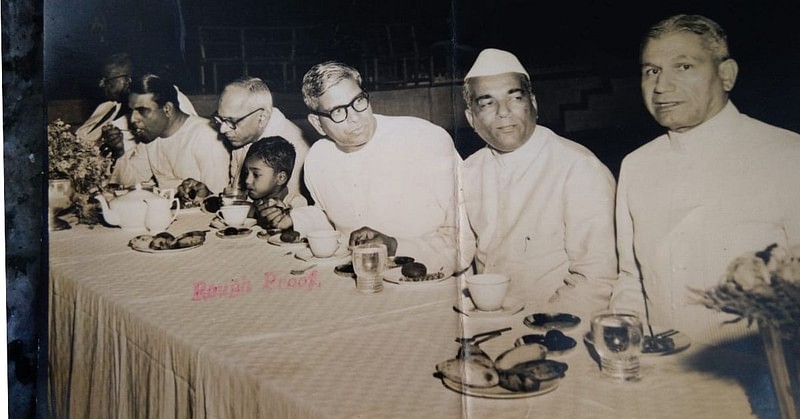 From Mumbai to Chennai, Rajah kept his nationalistic spirit alive. Image Courtesy: Hari Rajah |
The ‘Dangerous’ Mumbai Rebel Who Was Always on The British Radar
While such acts granted Rajah popularity among Indians, they also alerted the British, who ensured that he was treated in a cruel and unfair manner in jail.
For example, he was in Pune’s Yerawada prison when the Gandhi-Irwin pact was signed. According to the agreement, all political prisoners were to be released except for those who were guilty of violence. Rajah had performed no such act and yet, wasn’t released from prison.
When Gandhi questioned this breach, the Mumbai Government answered that Rajah was a revolutionary and not a non-violent Congressman. A loophole had kept him from freedom and although Gandhi had threatened to join him in the prison unless he was released, other pressing matters, like the Round Table Conference in London took him away.
Another peculiar incident occurred two years later when Rajah was falsely charged with murder.
Officials claimed that he had sent his volunteers with poisoned handkerchiefs as gifts to British officials in Madras. By that time, Rajah was in jail for another case. As it turned out, another prisoner in the same jail was granted bail and he had devised such a plan. But Rajah was framed for it. Fortunately, this case did not stand strong in the court and the verdict was passed in favour of Rajah.
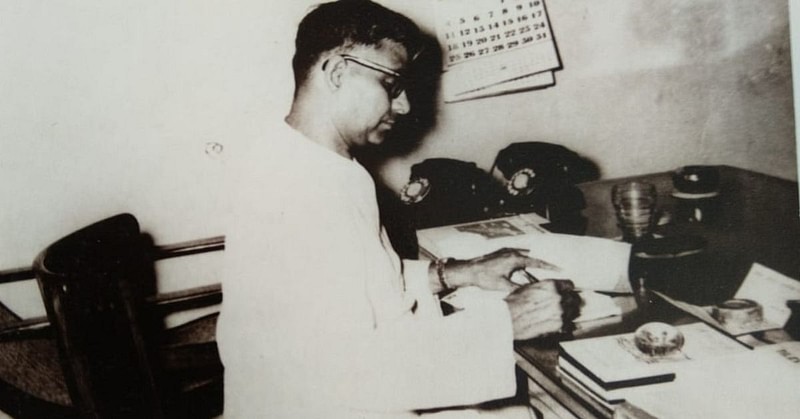 At work in the Vanguard Insurance Company. Image Courtesy: Hari Rajah |
The Post-Revolutionary Life
By the time he was 30, Rajah got tired of risky revolutionary activities, and started to look for more stable jobs. In 1935, he started working as a secretary in an automobile company called Rane Madras Ltd.
Two years later, in 1937, he founded the Vanguard Insurance Company (VIC). He also got married in the same year, suggesting he was now happy with a settled life. Of course, there was the occasional public speech against the tyrant British rule. But that was all.
Ten years later, India secured independence, but it was followed by the partition, and a terrifying outbreak of sectarian violence. An outraged Rajah retired from the Congress Party as a mark of protest.
A few years later in 1951-1952, when India’s first national elections were due, Rajah set up his own political party, the Republican Party. He got elected to the Rajya Sabha and played the role of the opposition to Congress.
Rajah had interesting inputs in the Parliamentary sessions. His idea to divide India into four Zonal Parliaments, presided over by one Central Parliament had piqued the interest of many politicians. Alas, that wasn’t meant to be.
He took every opportunity to critique the government on their proceedings, bills and decisions, as the opposition must. His speeches were heard with rapt attention especially since Rajah was a wonderful orator who always had a witty comment or analogy to share.
A writer (unnamed in the biography) for Madras Mail had once commented about Rajah, “Rarely can one come across a politician so rich in experience in varied aspects and yet so fresh and bubbling with energy for the country’s welfare… Whatever be the nomenclature of his political views, he is eminently of the robust type of Indian who thinks clearly, devoid of petty inhibitions and wants to develop India like any other advanced nation. Here is a man with calibre who can rise to the occasion and on whom Bharat can draw in an abundant measure for its progressive leadership.”
Rajah carried on his political activities until his death in 1959. He also opened a school in his hometown which is now run by his children.
Although a forgotten chapter in history, Rajah is one among the thousands who fought passionately for our country. And we will do well to remember that it was the combined efforts of freedom fighters like him, that led us to independence.
References:
thebetterindia.com - Gayatri Mishra
 Support Us
Support Us
Satyagraha was born from the heart of our land, with an undying aim to unveil the true essence of Bharat. It seeks to illuminate the hidden tales of our valiant freedom fighters and the rich chronicles that haven't yet sung their complete melody in the mainstream.
While platforms like NDTV and 'The Wire' effortlessly garner funds under the banner of safeguarding democracy, we at Satyagraha walk a different path. Our strength and resonance come from you. In this journey to weave a stronger Bharat, every little contribution amplifies our voice. Let's come together, contribute as you can, and champion the true spirit of our nation.
 |  |  |
| ICICI Bank of Satyaagrah | Razorpay Bank of Satyaagrah | PayPal Bank of Satyaagrah - For International Payments |
If all above doesn't work, then try the LINK below:
Please share the article on other platforms
DISCLAIMER: The author is solely responsible for the views expressed in this article. The author carries the responsibility for citing and/or licensing of images utilized within the text. The website also frequently uses non-commercial images for representational purposes only in line with the article. We are not responsible for the authenticity of such images. If some images have a copyright issue, we request the person/entity to contact us at This email address is being protected from spambots. You need JavaScript enabled to view it. and we will take the necessary actions to resolve the issue.
Related Articles
- Bhagat Irwin Gandhi - Martyrdom of Shaheed Bhagat Singh (Some Hidden Facts)
- A Great man Beyond Criticism - Martyrdom of Shaheed Bhagat Singh (Some Hidden Facts)
- Kartar Singh Sarabha - The Freedom fighter who was Hanged at the age of 19 and inspired Bhagat Singh
- Anuj Dhar claims that Subhas Chandra Bose was suspected of being ‘poisoned’ after ouster from the post of Congress president
- 'Muh me ram bagal me chhuri' - Gandhi’s politics is hollow and noisy, full of treachery and deceit’: Read what Dr. Ambedkar said about the ‘Mahatma’
- Cross Agent and the hidden truth of massacre of Jallianwala Bagh - Martyrdom of Shaheed Bhagat Singh (Some Hidden Facts)
- How Britishers were challenged by 83 year old Ropuiliani in Mizoram in 1892-’93
- Tirot Singh: An Unsung Hero of the Khasi Tribe who destroyed British with his skill at Guerrilla Warfare
- The Trap in Lahore - Martyrdom of Shaheed Bhagat Singh (Some Hidden Facts)
- Santi Ghosh and Suniti Choudhury: Two Teenage Freedom Fighters Assassinated British Magistrate
- 16 year old freedom fighter Shivdevi Tomar, who killed 17 Britishers and wounded many
- Netaji, an Impossible man can never be boxed into an ideological corner: Not just the most enigmatic figure in world history but his life is also a tough lesson in how to think about history
- Mysterious death of Pandit Deen Dayal Upadhyaya, whose growing popularity was a threat to Congress
- Ghost from the past: Unseen picture of Nehru voting in favour of partition of India goes viral
- When Nehru ignored warnings from Sardar Patel and Sri Aurobindo and shocked USA President: Chinese Betryal and loss of centuries old ally





















